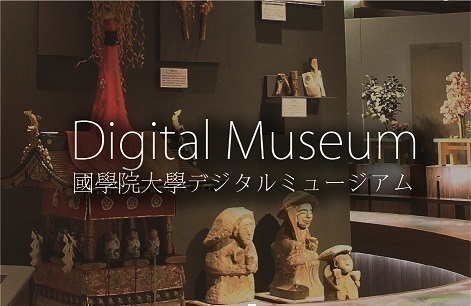- トップ
- Encyclopedia of Shinto
- Munakata Shinkō
Encyclopedia of Shinto
| Main Menu: | |
| Links: |
詳細表示 (Complete Article)
| カテゴリー1: | 6. Belief and Practice |
|---|---|
| カテゴリー2: | Shrines and Cultic Practices |
| Title | Munakata Shinkō |
| Text | The faith related to Munakata Jinja, The faith has elements of guarding the nation and protecting the imperial house, as well as safety at sea and ensuring fishermen a bountiful catch. Munakata can also be written with the characters 胸形 or 宗形. The Jinmyōchō section of the Engishiki records that there were Munakata shrines stretching from northern Kyushu to the Kantō area. Among these, Munakata Taisha located in Fukuoka Prefecture is the most famous. The shrine's enshrined kami's (saijin) are the "Three Female Kami of Munakata" (Munakata Sanjoshin), Ichikishimahime no kami enshrined at Hetsumiya in Genkaimachi Tashima, Munakatagun, Tagitsuhime no kami, enshrined at Nakatsumiya on the island Ōshima, located roughly ten kilometers from land, and Tagorihime no kami, enshrined at Okitsumiya on the island of Okinoshima in the center of the Genkainada sea. That the Munakata Sanjoshin are worshipped individually at a different location is recorded at an early date in such documents as the Kojiki and the Nihonshoki, but there are variant characters for the kami's names and different locations for their enshrinement. At the approximately six thousand Munakata shrines in Japan, the respective "enshrined kamis" (saijin) worshipped vary according to each shrine's origin legend. The Sanjoshin are said to have been born on the occasion of the "divination trial" or "contract" (ukehi) between Amaterasu and Susanoo. The original meaning of the names of each kami derives from "female mediums" (miko) (Ichikishimahime), rough water (Tagitsuhime), and fog (Tagorihime), and the Sanjoshin are deifications of miko, rough water, and fog. In the Nihonshoki Amaterasu ōkami commands that the three kami of Munakata "descend to the middle of the route (the sea route from Northern Kyushu to the Korean Peninsula), assist the heavenly grandchild (tenson – i.e. Ninigi no mikoto) and allow yourselves to be worshipped by the heavenly grandchild." The kami was also prayed to for safe sea travel by emissaries along northern routes, such as the early envoys to China (kentōshi) and demonstrated wondrous efficacy at the time of Empress Jingū's military expedition to the Korean peninsula. The kami developed into a guardian of the nation and protector of the imperial house, as well as a protector of sea travelers, and enjoyed the fervent faith of people from all walks of life. The Munakata clan officiated at the festival of the Sanjoshin. Along with the new system of land governance instituted during the Taika Reforms, the county Munakatagun was designated a "shrine tribute land" (shingun) and the Munakata clan simultaneously occupied the post of governor (tairyō or kōri no miyatsuko) of that county. The Munakata clan not only had close ties to the imperial house, but established marriage connections with powerful people on the continent. Even after the Japanese government stopped sending envoys (kentōshi) to China, the clans trade with the continent continued and they were powerful with regard to rights of sea travel and trade. Today only shrine priests (shinshoku) reside on the island of Okinoshima, which has a circumference of approximately four kilometers. The island has a tremendous "altar constructed from stones" (iwasaka) which was the subject of a fieldwork study from 1954-1972. Research revealed the remains of ceremonies and objects in the crevices of the rocks dating back to between the fourth and ninth centuries, elucidating the development of early Shinto rituals and how people worshipped. The more than 100,000 ceremonial objects discovered originate not only in Japan, but also include objects from the Korean peninsula, China, and even Persia. Many have been designated National Treasures or Important Cultural Properties. There is a taboo against speaking about Okinoshima and against removing any objects from of the island. See also Sumiyoshi Shinkō — Nogami Takahiro |




